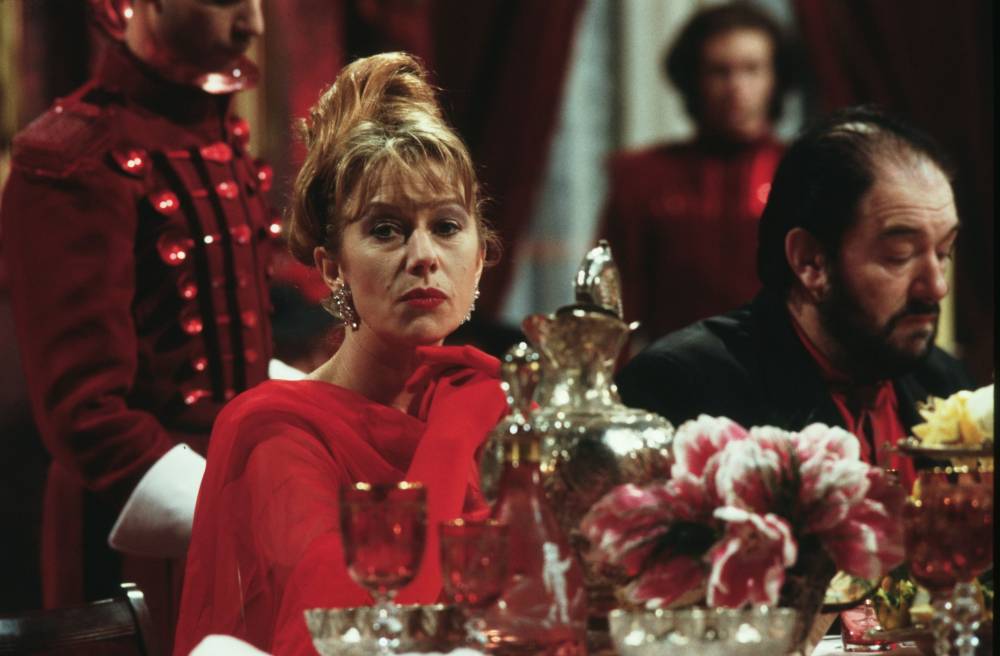A journal for storytelling, arguments, and discovery through tangential conversations.
Tuesday, October 8, 2024
|
C.M. Crockford
The aftereffects of violent deeds – abuse, genocide, sexual assault, extractions of labour, property, and resources – travel through time and space. Neuroepigenetics researcher Isabelle Mansuy suggests, “adverse extreme experiences in childhood can modify the body so much that it can have imprints or traces even in reproductive cells.” These acts burrow inside human DNA strands, and our descendants may never escape their echoes. When it comes to music, chord progressions, notes, and melodies linger as well, finding their way back into the current moment, as if to confirm Carlo Rovelli’s observation of Newton’s laws: “there is no distinction between past and future.” The notion of history as a single linear progression, where post-Enlightenment thinking liberates the modern human from dull, bloody violence and “savagery,” is a grim joke, and one thing modern art does is serve as a counter-argument to this subtle, unacceptable tyranny.
